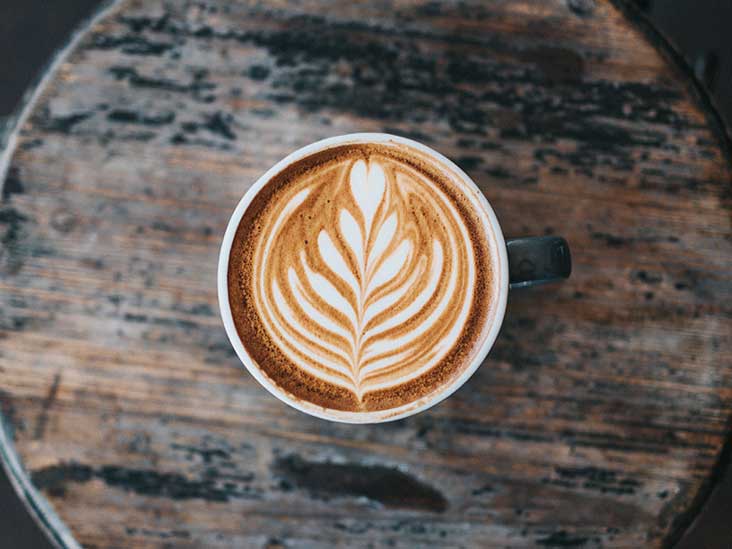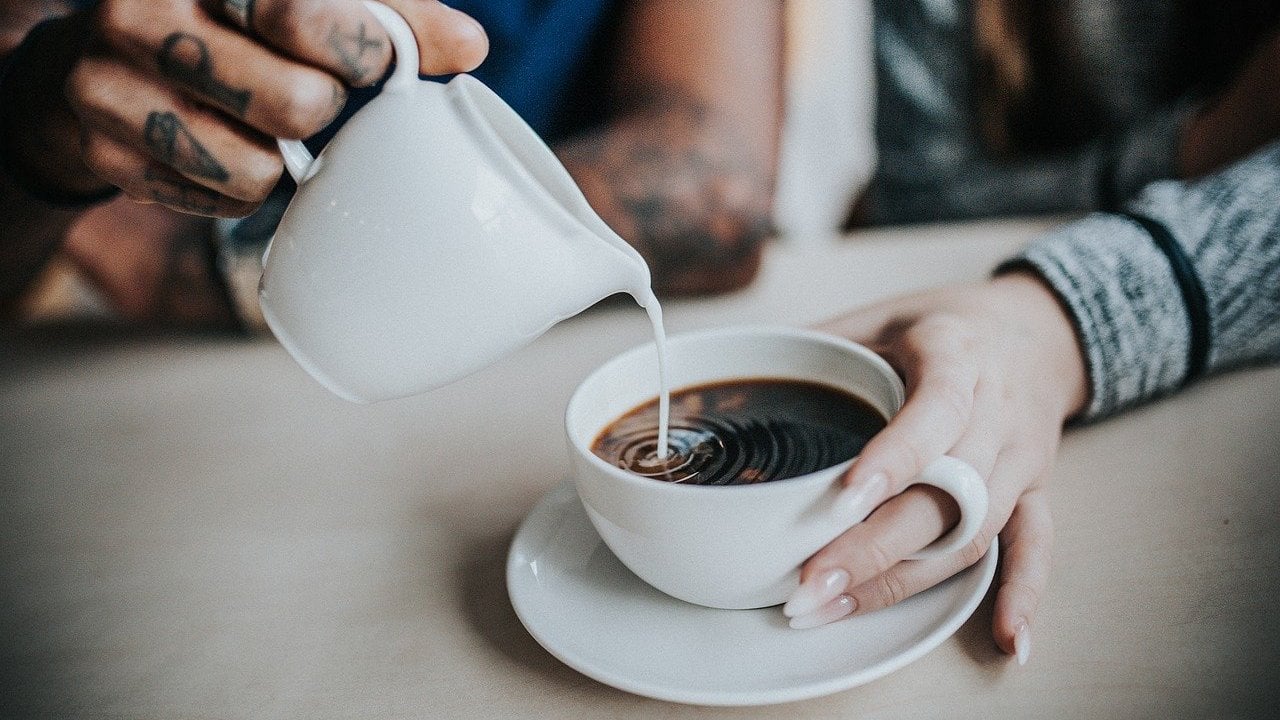

Dark chocolate, by comparison, may have about 30 milligrams of caffeine. There are about ten milligrams of caffeine in an average milk chocolate bar. There are two hundred milligrams of caffeine in an extra-strength caffeine tablet.Īnother example of a common product with plenty of caffeine in it is chocolate. What Products Contain Caffeine, and How Much?Ī tablet of Excedrin contains about sixty-five milligrams of caffeine while a regular strength caffeine tablet has about one hundred milligrams of caffeine. Caffeine often serves to help the plant by working as a natural pesticide against harmful predators on the plant such as insects. Less common sources are yaupon holly, guaryusa, yerba mate and guarana berries. This includes: cocoa beans, tea leaves, coffee beans and kola nuts. What are the natural sources of caffeine?Ĭaffeine is found in nature in a wide array of plants, and it is found in plant fruits as well as plant leaves.

The caffeine then binds on to the adenosine receptors in the brain with the effect of halting the true adenosine from doing its job which normally would be to slow down the body's nerve impulses and bring a very sleepy feeling to the person, a natural drowsiness that is warded off by the effects of caffeine. The way this is enhanced energy and alertness is achieved by the chemical caffeine is that the caffeine pretends, or mimics, another compound which is called adenosine. How does caffeine affect the human body?Ĭaffeine affects the human body by creating chemical changes in the human brain with a whole variety of effects including an enhanced alertness and energy level. When it is isolated from its source it is a crystalline white substance and is very bitter. Caffeine's Classification by the Food and Drug Administration (FDA)Ĭonsidered safe for human consumption by the FDA, caffeine is classified as a food substance with multiple uses.Īll About Caffeine in Coffee - Investigating the Side Effects of Caffeine and the Symptoms of Withdrawal from Caffeine continued:Ĭaffeine is a stimulant and is known scientifically as a xanthine alkaloid. In the first 45 minutes after consumption of the caffeine it is likely absorbed by the stomach and small intestine and begins to spread throughout the tissues of the human body. These three metabolites include paraxanthine (84%), theobromine (12%) and theophylline (4%). The result is three different metabolites. Once a person consumes caffeine the body starts to metabolize it and this takes place in the person's liver. How Caffeine Metabolizes in the Human Body Robusta coffee beans are used primarily for espresso blends and to make instant coffee.

On the other hand the Robusta coffee plant varietal has significantly more caffeine than the Arabica varietal. Roasting does have an effect on chlorogenic acid content - possibly what contributes to many of coffee's purported health effects, but another study also shows that caffeine is relatively unaffected by roast level. When coffee is roasted it decreases the overall amount of caffeine in the coffee, but not significantly enough for it to be a serious way to reduce your caffeine intake.Ĭaffeine did not undergo significant degradation with only 5.4% being lost under severe roasting.Ĭhoose your roast based on your personal preferences, not based on caffeine content. How Does Roasting Affect Coffee Caffeine Content? If the coffee beans being used are Arabica coffee beans then one cup of coffee that is approximately one hundred and twenty milliliters of coffee, if it is drip-brewed, will have about 112 milligrams of caffeine.Ī 30 milliliter Espresso shot using Arabica coffee will have an estimated ninety milligrams of caffeine.

The primary factors affecting caffeine content of coffee and espresso include the genetics of the coffee bean varietal, the particular roasting given to the coffee beans and how the coffee is brewed. While these numbers are typical, the amount of caffeine in coffee can vary considerably based upon multiple factors. This is important to keep in mind when making any espresso drinks. There is a bit less caffeine in a shot of espresso - a typical espresso shot includes about ninety milligrams of caffeine. Trying to cut down a bit, or at least know how much caffeine you are ingesting each day with your morning cup of java or afternoon pick-me-up triple espresso Latte?Ī typical cup of coffee contains approximately one hundred and twelve milligrams of caffeine. Are you wondering exactly much caffeine is in your cup of coffee.


 0 kommentar(er)
0 kommentar(er)
